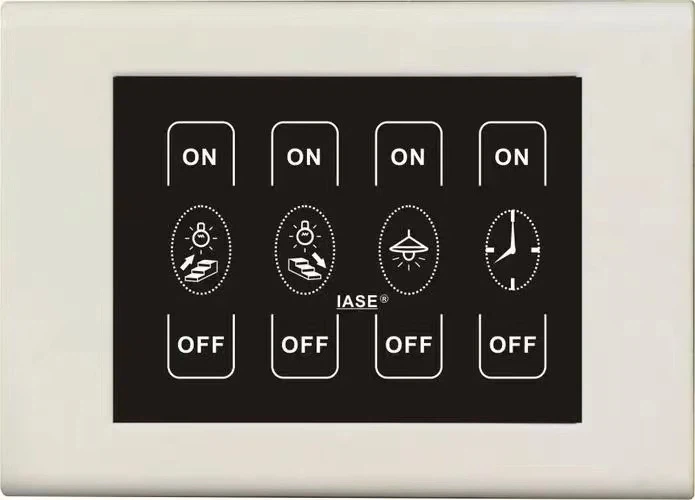With the continuous development of the Internet of Things, artificial intelligence and other technologies, the level of building intelligence is constantly improving. The building automation system integrates multiple subsystems such as lighting equipment, air conditioning, water supply and drainage into a unified platform for management and control. Lighting control system, as an important part of it, can achieve synergy with other systems to improve the overall operational efficiency of the building.
The application of lighting equipment control system has a broad prospect, which is mainly reflected in the following aspects:
1. Intelligent trend: with the continuous development of the Internet of Things, artificial intelligence and other technologies, intelligent lighting control systems will become more and more popular. This kind of system can automatically adjust the lighting parameters according to the environmental light, personnel activities and other factors to create a comfortable, energy-saving lighting environment.
2. Energy saving and environmental protection: Intelligent lighting control system effectively reduces energy consumption by accurately controlling lighting brightness and time, which is in line with the global trend of energy saving and emission reduction.
3. Diversified application scenarios: Whether it is home, office, shopping malls or public places, intelligent lighting control system can provide customised lighting solutions according to specific needs and enhance user experience.
4. Integration, networking: the future lighting control system will be more integrated, networking, and other smart home or building automation system seamlessly, to achieve more efficient linkage control.
Touch Panel (Touch Panel), is an inductive device that can receive input signals such as contacts. It is essentially a sensor, consisting of a touch detection component and a touch screen controller. When the user touches the interface on the screen, the tactile feedback system on the screen will be based on pre-programmed programmes to drive a variety of linking devices to achieve human-computer interaction.

Lighting control system needs touch screen for the following reasons:
1. Intuitive operation: touch screen provides an intuitive interface, the user can directly control the lighting equipment through the touch screen, without the need for complex buttons or remote control.
2. Personalisation: The touch screen supports customised interfaces and functions, allowing users to set up lighting scenes and parameters according to their own needs to achieve a personalised lighting experience.
3. centralised control: in a large lighting system, the touch screen can be used as a centralised control centre, which is convenient for users to control multiple lighting devices or areas at the same time.
4. Real-time feedback: the monitor can display the status and parameters of the lighting equipment in real time to help users use the touch screen to understand the system operation and make adjustments.
The application of touch screen in the lighting control system has the following advantages:
1. Enhance the user experience: touch screen operation is intuitive, convenient, the user does not need to learn the complex operation steps can easily control the lighting equipment.
2. Enhance interactivity: touch screen supports multi-touch and gesture operation, users can slide, zoom and other gestures to interact with the system to enhance the use of fun and convenience.
3. Improve control accuracy: The touch screen can provide high-precision input and feedback to ensure that the control parameters of the lighting equipment are accurate.
4. Space-saving: Compared with traditional control panels, the touch screen is more compact and space-saving, especially suitable for use in occasions with limited space.
5. Easy to maintain and upgrade: touch screen software can be remotely upgraded and maintained through the network, reducing maintenance costs and difficulties.
In order to meet the needs of the lighting control system, the touch screen needs to have the following application advantages:
1. high reliability: touch screen as the user and the system's interactive interface, must have high reliability and stability, to ensure that in a variety of environments can work properly.
2. good human-computer interaction experience: the interface design of the touch screen should be simple and clear, easy to understand, smooth operation, rapid response, in order to provide a good human-computer interaction experience.
3. powerful customisation: the touch screen should support customised interface and functions to meet the individual needs of different users.
4. Rich interfaces and expandability: the touch screen should have rich interfaces and expandability in order to connect and integrate with other devices and systems.


